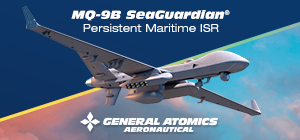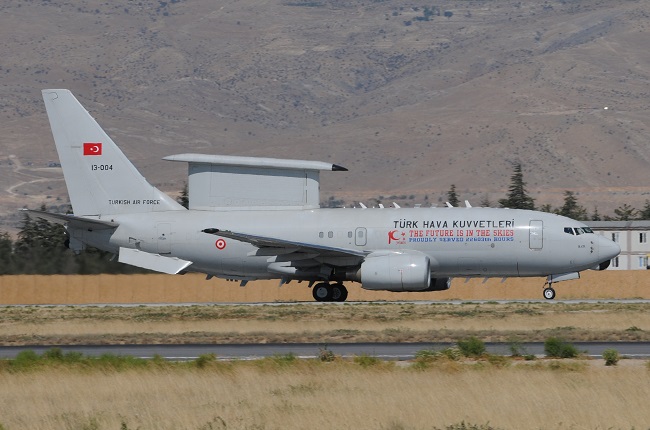
The ANATOLIAN EAGLE air exercise concluded last week at the Turkish air base of Konya, with a focus on air defence and Manned-Unmanned Teaming (MUM-T). FW Mag had the opportunity to attend and observe the drills. Held annually, the exercise gathers participants from multiple nations.
Konya is one of only four tactical training centres worldwide with Air Combat Maneuvering Instrumentation (ACMI) capabilities—used to track, record, and analyse in real time the manoeuvres performed by aircraft during simulated missions. It is now the only such centre in Europe after the closure of Decimomannu; the remaining three are located in the United States (2) and Pakistan (1). The latter, judging by recent operational outcomes, has proven highly beneficial for the Pakistani Air Force. Geographically, Konya benefits from a vast, sparsely populated area offering an operational airspace of approximately 300 x 400 km, covering the Tuz Golu salt lake and its surrounding region.
ANATOLIAN EAGLE 2025 featured the active participation of aircraft from the Air Forces of Azerbaijan, Hungary, Jordan, Qatar, Saudi Arabia, the United States, NATO AWACS, and, of course, Turkey. Observers included delegations from Malaysia, Oman, Singapore, and the United Arab Emirates. A total of 35 international aircraft and 40 Turkish aircraft took part, supported by more than 1,000 military personnel from the participating nations. Over the course of the exercise, 415 sorties were flown, amounting to a total of 786 flight hours.
Lessons drawn from recent conflicts in Ukraine and the Middle East were at the core of the exercise, with particular emphasis on neutralising low-RCS (Radar Cross Section) threats—primarily cruise missiles and UAVs. The training focused on early detection, identification, and engagement of such threats within the context of joint missions integrating both aerial and ground-based platforms, including NATO’s E-3 SENTRY AWACS and Turkey’s E-7 WEDGETAIL.
To simulate low-RCS cruise missiles, Turkish Aerospace Industries (TAI) provided SIMSEK and SUPER SIMSEK stealth target drones, which were launched from ANKA 3 UAVs—one of which was forced to make an emergency landing during the exercise, described by Turkish officials as “controlled”. These targets are capable of speeds up to Mach 0.8. Additionally, SEAD (Suppression of Enemy Air Defenses) missions were carried out, with Turkish F-16s equipped with AGM-88 HARM anti-radiation missiles striking “Red” force air defence systems deployed in the Konya range. These activities tested not only the pilots’ skills but also the proficiency of mission planners, C2 personnel, and ground support teams.
A defining element of ANATOLIAN EAGLE was the prominent role played by the Turkish defence industry, as repeatedly highlighted by the exercise director during the briefing given to international media in Konya. Throughout the training activities, there was extensive use of AKINCI UAVs from Baykar Technologies, ANKA-S and ANKA-3 from TAI, the aforementioned SIMSEK and SUPER SIMSEK drones, KARASOJ electronic warfare systems, GPS jamming systems, the STORM mission analysis software, and the C2SE ACMI mission tracking suite.
Also noteworthy was the deployment of the SDT (Space & Defence Technologies) ACMI pod, currently in serial production with an order of 60 units by the Turkish Air Force. The pod has also been adopted by Jordan and Pakistan (although the latter has recently announced development of its own indigenous system). During the exercise, the SDT pod was mounted on Turkish and Jordanian F-16s and is capable of simulating both air-to-air and air-to-ground weapon systems, providing real-time hit/miss notifications via a high-speed datalink. Its operational range extends to 100 nautical miles in air-to-air mode and 200 nautical miles in air-to-ground mode.
In conclusion, ANATOLIAN EAGLE once again underscored Turkey’s determination to pursue technological autonomy in the defence sector—particularly in domains traditionally dominated by American monopolies.
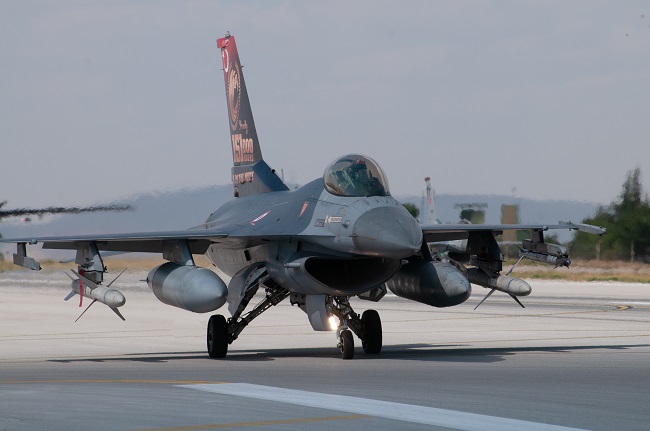
A Turkish Air Force F-16.
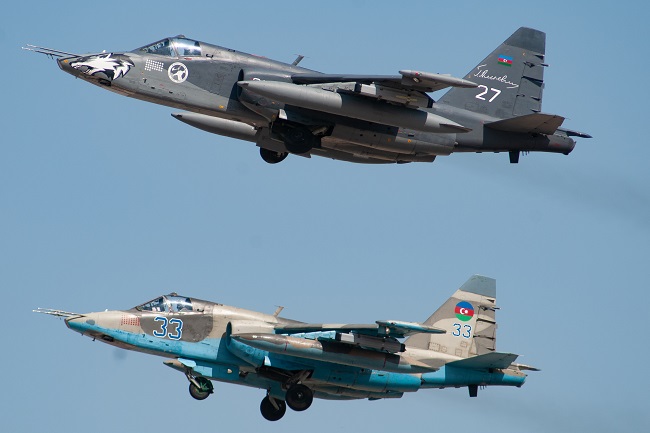
Two Azerbaijani Air Force Su-25s in flight.
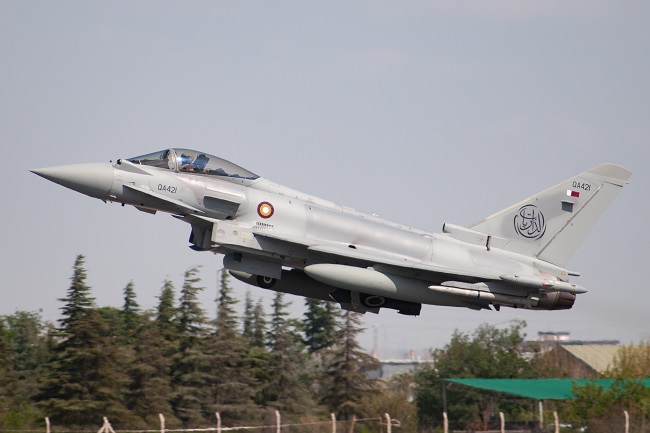
A Qatar Emiri Air Force Eurofighter TYPHOON during takeoff.
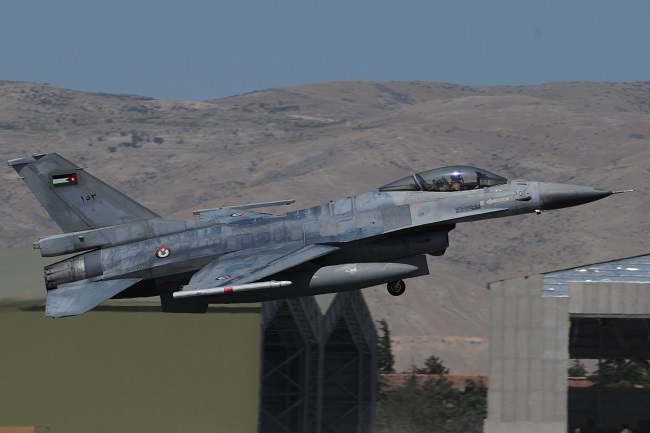
A Royal Jordanian Air Force F-16.
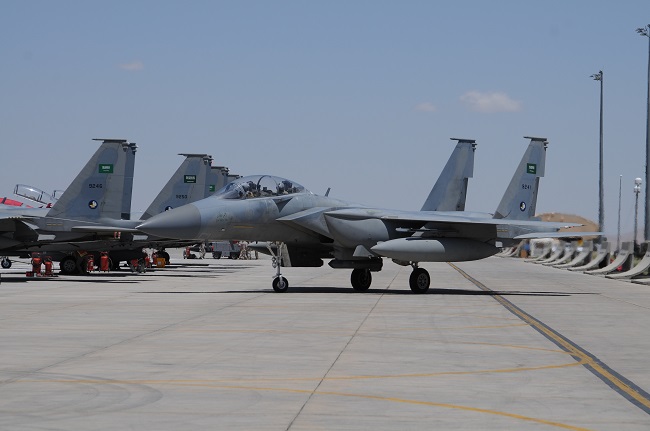
Royal Saudi Air Force F-15s at ANATOLIAN EAGLE.
(Photo coverage by the Author)








.png)
